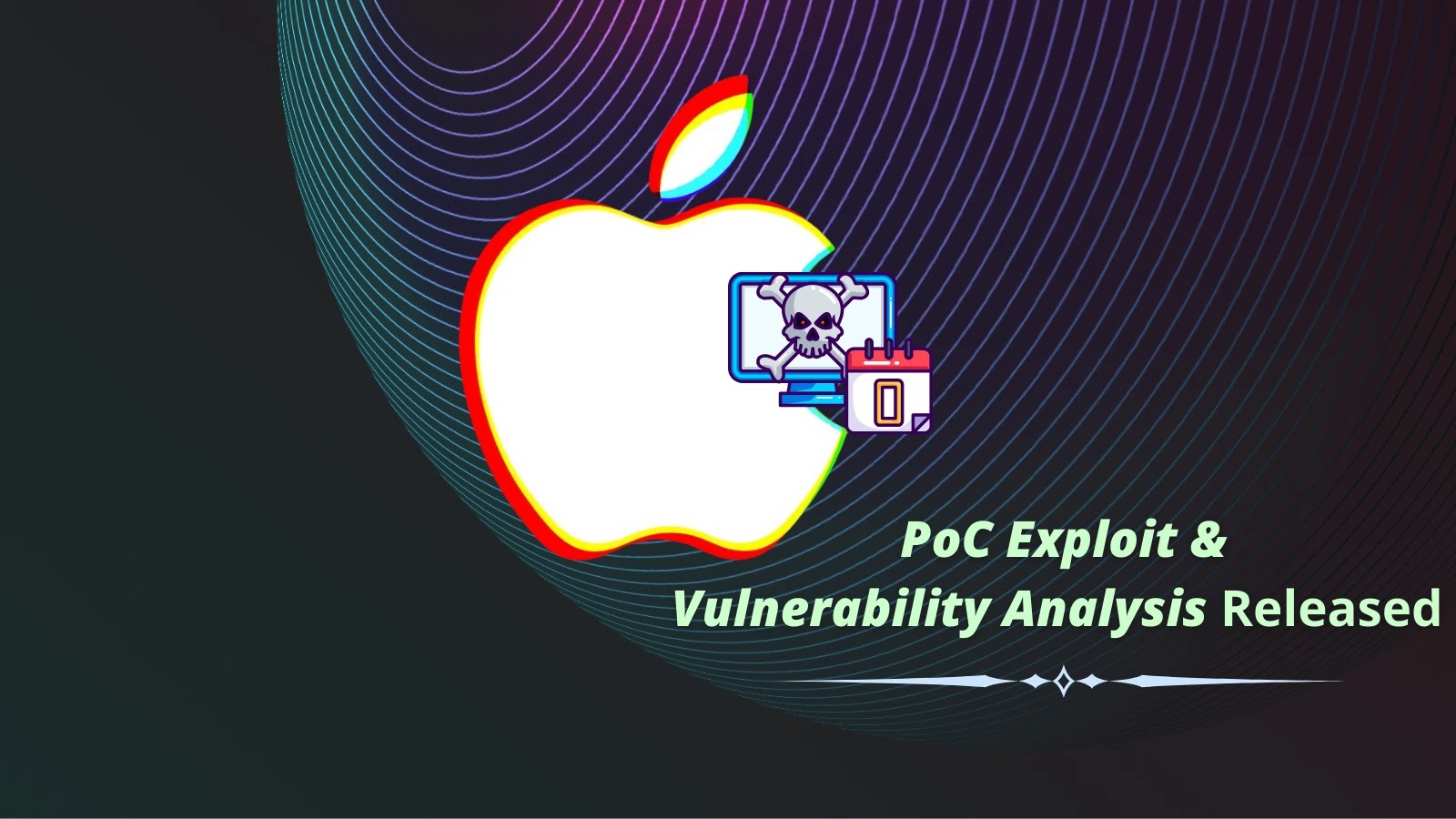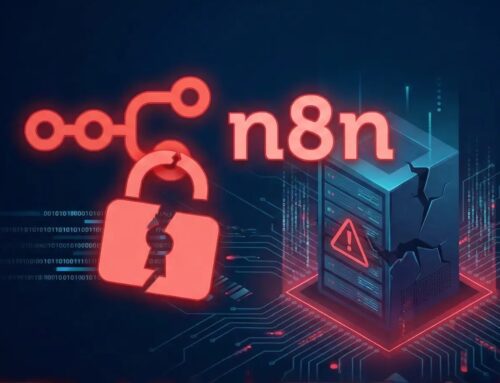
PoC Exploit & Vulnerability Analysis Released for Apple 0-Day RCE Vulnerability
Unpacking the Apple 0-Day: A Critical RCE Vulnerability Strikes Image Processing
A significant development has emerged in the cybersecurity landscape, sending ripples through the Apple ecosystem. A comprehensive proof-of-concept (PoC) exploit and a detailed vulnerability analysis have been publicly released for CVE-2025-43300. This critical zero-day remote code execution (RCE) flaw targets Apple’s core image processing infrastructure, presenting a severe threat that security professionals and Apple users alike must address with urgency.
The discovery of a reliable PoC exploit for such a high-impact vulnerability underscores the immediate need for vigilance and proactive security measures. Apple’s reputation for robust security faces a new challenge, particularly given the ‘zero-click’ nature of this exploit. This means an attacker can achieve complete code execution on a vulnerable device without any user interaction – a truly insidious capability.
Understanding CVE-2025-43300: The Malicious DNG Vector
CVE-2025-43300 stems from a vulnerability within Apple’s implementation of JPEG Lossless Decompression, specifically within the RawCamera.bundle component. This critical flaw allows attackers to craft specially designed Digital Negative (DNG) files. When a vulnerable Apple device processes such a malicious DNG file, the exploit triggers, leading to remote code execution.
The “zero-click” aspect of this RCE vulnerability is particularly alarming. Unlike traditional phishing attacks that require user interaction (e.g., clicking a link or opening an attachment), CVE-2025-43300 can be leveraged simply by the device processing the malformed DNG file. This could happen through various vectors, such as receiving the file via AirDrop, a messaging app, or even interacting with a website that attempts to render the image. The implicit trust often placed on universally accessible image formats makes this vulnerability exceptionally potent.
The Role of RawCamera.bundle and JPEG Lossless Decompression
The RawCamera.bundle is an integral part of how Apple devices handle raw image files, including DNGs. It facilitates the complex decompression and processing required to render high-quality images. The vulnerability lies specifically in how this bundle manages JPEG Lossless Decompression. Attackers have identified a weakness in this process, enabling them to inject malicious code that executes when the malformed DNG is parsed.
The precision required to craft such an exploit speaks to the sophistication of the vulnerability researchers. Their detailed analysis provides invaluable insights into the underlying flaws, demonstrating how carefully constructed image data can bypass security checks and achieve privileged execution. This highlights the ongoing challenge of securing complex multimedia processing libraries that are often at the core of modern operating systems.
Remediation Actions and Mitigating Risk
Given the release of a PoC exploit for CVE-2025-43300, immediate action is paramount for all Apple users and organizations. While a patch from Apple is the ultimate solution, several steps can be taken to mitigate the risk until it becomes available:
- Promptly Apply Updates: The most crucial step is to apply all available software updates from Apple as soon as they are released. These updates will contain the official patch for CVE-2025-43300. Ensure automatic updates are enabled on all Apple devices.
- Exercise Extreme Caution with DNG Files: Until a patch is widely deployed, be highly suspicious of unsolicited DNG files. Avoid opening or processing DNGs from unknown or untrusted sources.
- Disable Automatic Image Previews: Where possible, consider disabling automatic image previews in applications that might process DNG files (e.g., messaging apps, email clients). This can reduce the attack surface.
- Network Segmentation for Enterprises: For organizations, consider network segmentation to isolate critical systems that might be exposed to image processing if user devices become compromised.
- Implement Endpoint Detection and Response (EDR): EDR solutions can help detect and respond to suspicious activity on endpoints, potentially identifying the execution of malicious code even if the initial exploit succeeds.
- Educate Users: Inform users about the dangers of unsolicited content and the importance of only interacting with trusted sources.
Tools for Detection and Mitigation
Monitoring and identifying potential vulnerabilities and malicious activity require robust tools. Here are some categories of tools relevant to detecting or mitigating risks associated with vulnerabilities like CVE-2025-43300:
| Tool Name/Category | Purpose | Link |
|---|---|---|
| Official OS Updates | Direct patch for the vulnerability | https://support.apple.com/downloads/security |
| Vulnerability Scanners (e.g., Nessus, Qualys) | Identify unpatched systems | https://www.tenable.com/products/nessus |
| Endpoint Detection & Response (EDR) Solutions | Detect post-exploitation activity, anomalous behavior | (Provider Dependent, e.g., CrowdStrike, SentinelOne) |
| Network Intrusion Detection/Prevention Systems (IDS/IPS) | Monitor for suspicious network traffic patterns | (Vendor Dependent, e.g., Cisco Snort, Suricata) |
| Secure File Transfer Protocol (SFTP/HTTPS) | Ensure secure transmission of files to prevent tampering in transit | (Standard Protocols) |
Conclusion: Stay Vigilant, Stay Secure
The public release of a PoC exploit for an Apple 0-day RCE vulnerability, CVE-2025-43300, is a stark reminder of the persistent and evolving threat landscape. The zero-click nature of this flaw, targeting a fundamental image processing component, makes it particularly dangerous. Organizations and individual users must act decisively by applying all forthcoming security updates from Apple and adopting a cautious approach to handling unsolicited DNG files.
The cybersecurity community’s rapid analysis and sharing of this information, as highlighted by the original report from Cyber Security News, are crucial for fostering collective defense. Remaining informed, proactive, and resilient is the only effective strategy against such sophisticated threats.





